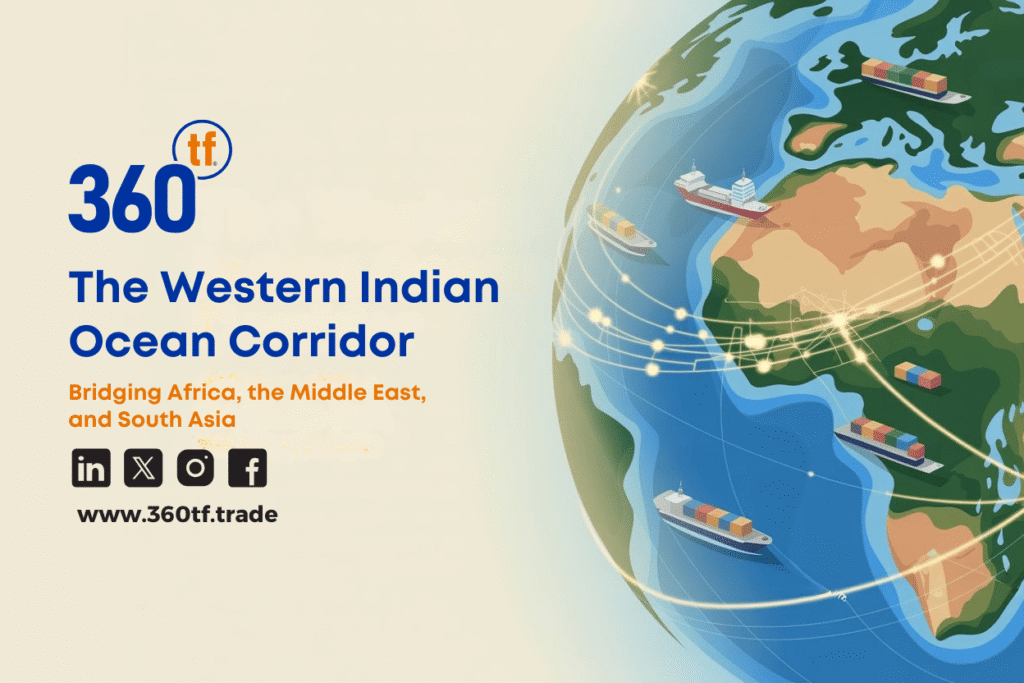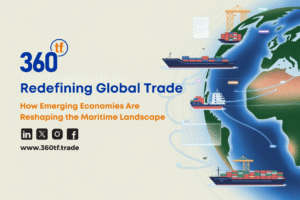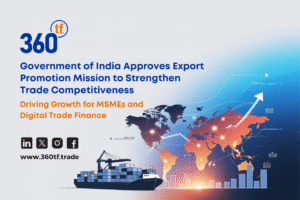The Indian Ocean does more than connect continents, it connects opportunities. As global trade realigns towards emerging economies, the western arc of the Indian Ocean, stretching from the Gulf to the African coast and India’s western seaboard, has become one of the most dynamic trade corridors of the 21st century.
A Corridor of Growth and Connectivity
From Dubai and Muscat to Mumbai, Mombasa, and Dar es Salaam, this maritime route binds together three rapidly developing regions, the Middle East, South Asia, and East Africa. Over the past decade, trade volumes along this corridor have surged, driven by energy flows, construction materials, agricultural exports, and consumer goods.
India has emerged as a key trading partner for both Africa and the Gulf. In FY 2024–25, India–Africa trade crossed US$100 billion, up from about US$56 billion in 2019–20. India is also among the top five investors in Africa, with cumulative investments exceeding US$75 billion between 1996–2024.
Similarly, the Gulf states supply the energy that fuels Indian industry, while Indian pharmaceuticals, textiles, and food products move westward, reinforcing a corridor of mutual growth and interdependence.
Ports Powering Prosperity
Ports along this corridor serve as more than transit points, they are engines of regional integration.
Dubai’s Jebel Ali remains the Gulf’s premier logistics hub and a global leader in container connectivity.
Mumbai and Mundra anchor India’s western seaboard, handling a significant share of national exports.
On the African coast, Mombasa and Dar es Salaam are gateways for landlocked economies such as Uganda, Rwanda, and Zambia.
These ports, supported by expanding free trade zones and modern terminals, are reshaping trade geography. Enhanced connectivity through new shipping lines, regional agreements, and digital logistics networks is making the corridor more efficient and resilient.
Strategic Importance and Emerging Challenges
As this corridor grows, so do its complexities. Freight volatility, currency fluctuations, and regulatory differences across markets can slow down trade flows. The region also faces evolving climate and security risks, from coastal erosion to maritime piracy near the Horn of Africa.
To sustain growth, governments and businesses are investing in green ports, secure logistics corridors, and digital trade ecosystems. Collaborative regional initiatives such as the India–Middle East–Europe Economic Corridor (IMEC) and the African Continental Free Trade Area (AfCFTA) are poised to amplify the corridor’s impact.
The IMEC, announced in 2023, has already seen early infrastructure development, promising to enhance connectivity between Asia, the Middle East, and Europe over the next decade.
The Role of Finance and Digitalisation
While physical infrastructure forms the skeleton of this trade corridor, finance is its bloodstream. Trade finance gaps, particularly across African and South Asian markets, often limit the potential of SMEs and exporters. Digitalisation is helping bridge this gap by simplifying access to funding, reducing documentation delays, and improving transparency.
Fintech-driven platforms and collaborative ecosystems are now enabling exporters and importers to connect seamlessly with global financial institutions. By digitising LC processing, enhancing visibility across transactions, and enabling quicker decision-making, such solutions are strengthening the overall resilience of trade.
Within this transformation, initiatives emerging from hubs like the UAE, including platforms such as 360tf, are quietly contributing to this evolution. By facilitating cross-border collaboration between corporates and banks, they are helping the corridor realise its full trade finance potential through digitisation and accessibility.
Outlook: The Future of Indian Ocean Trade
The Western Indian Ocean corridor is not just a maritime route, it is a strategic bridge between continents and emerging economies. Its evolution will shape the trajectory of energy flows, supply chains, and regional partnerships for decades to come.
As trade dynamics shift, the Indian Ocean continues to prove one thing: it is not merely a passage for goods, but a platform for collaboration, innovation, and shared growth across Africa, the Middle East, and South Asia.
Digital platforms that enable faster financing, better transparency, and stronger institutional linkages such as those championed by 360tf will remain vital to realising the full potential of this trade corridor.




